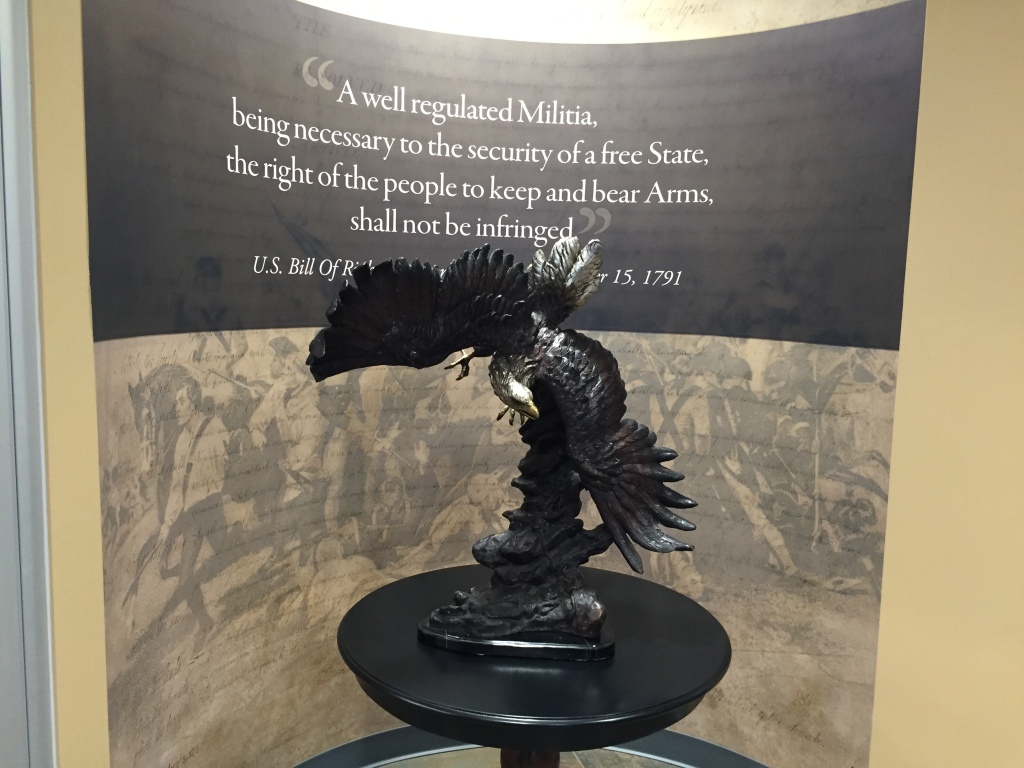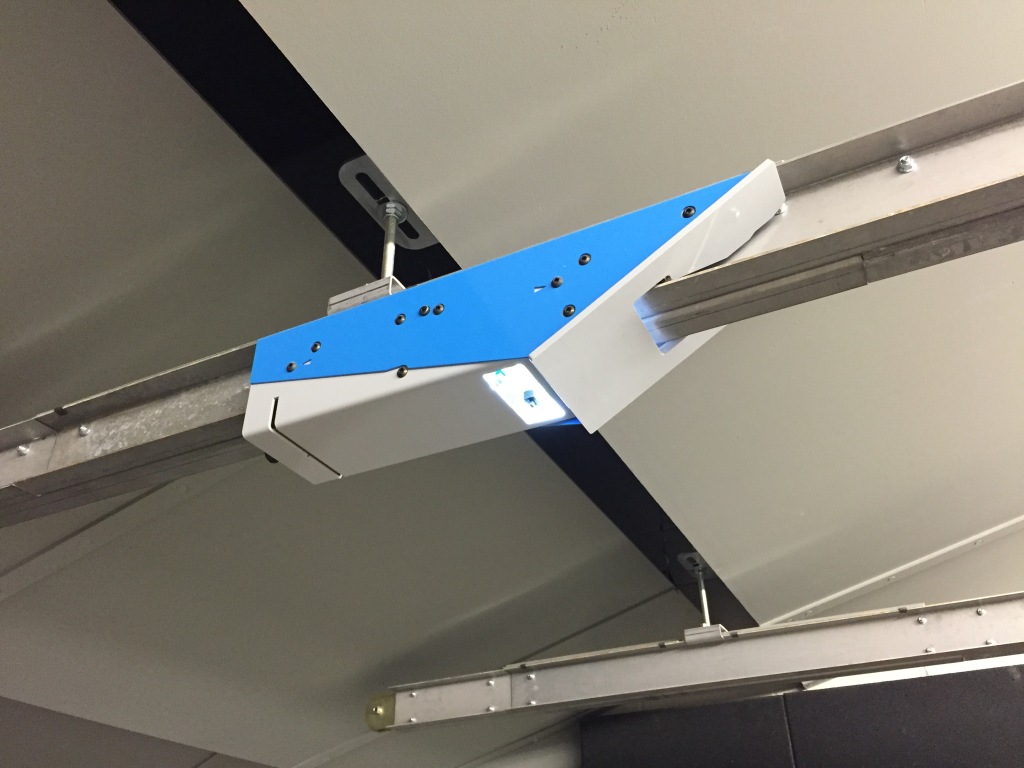 Occasionally, after a lot of hard work I enjoy indulging in a nice steak to sort of put an explanation point at the end of a sentence. It’s kind of like spiking the football after a long drive toward a touchdown. It’s the appropriate thing to do. In the normal course of things that for me involves either Jag’s Steakhouse in West Chester, or the Rodizio Grill at Liberty Center. When at Jags I typically get the Big Oscar Fillet to serve as that ceremonial spike. Executive Chef Michelle Brown at Jags knows just how to do it all right and the food quality is always consistently high, so when you are celebrating a personal victory—that’s the place to do it. But I am open to new experiences and I will give a new place a chance when the occasion provides. It just so happened that I was in the neighborhood of Mouriya Steak in Kobe, Japan as there was a reason to have a good steak so I had dinner with some very hard-working people who all deserved some fine food.
Occasionally, after a lot of hard work I enjoy indulging in a nice steak to sort of put an explanation point at the end of a sentence. It’s kind of like spiking the football after a long drive toward a touchdown. It’s the appropriate thing to do. In the normal course of things that for me involves either Jag’s Steakhouse in West Chester, or the Rodizio Grill at Liberty Center. When at Jags I typically get the Big Oscar Fillet to serve as that ceremonial spike. Executive Chef Michelle Brown at Jags knows just how to do it all right and the food quality is always consistently high, so when you are celebrating a personal victory—that’s the place to do it. But I am open to new experiences and I will give a new place a chance when the occasion provides. It just so happened that I was in the neighborhood of Mouriya Steak in Kobe, Japan as there was a reason to have a good steak so I had dinner with some very hard-working people who all deserved some fine food.
I had been hearing with an ear toward skepticism that Kobe Beef is the finest in the world—and the most expensive. My thoughts then and now were that anywhere that there is a restricted market and a gigantic supply need around the world, of course the price would be high—but that most of the mystic was generated with perception, and not actual quality. So I was impressed with the Mouriya Steak House and their very exquisite detail to the quality of the experience. The bottom line is that I had a very good steak—and I considered it a rare treat. I have had Kobe Beef at other places around the country, but learning more about it, I am convinced that they were all fakes. The real deal was quite extraordinary. The meticulousness under which the beef is purchased by each steak house was something I couldn’t help but admire, but it was the delivery of it to my plate with all the love and care of the finest specimen on earth that captured my respect. If having a steak is equivalent to a much deserved football spike in an important game, this Kobe steak was equal to scoring a touchdown, with no time on the clock, on fourth down, in the Superbowl. It was a treat to say the least.
http://www.mouriya.co.jp/en/mopr/index.html
Kobe beef (神戸ビーフ Kōbe bīfu?) (KO-BEH) refers to beef from the Tajima strain of Wagyu cattle, raised in Japan‘s Hyogo Prefecture according to rules as set out by the Kobe Beef Marketing and Distribution Promotion Association.[1] The meat is a delicacy renowned for its flavor, tenderness, and fatty, well-marbled texture. Kobe beef can be prepared as steak, sukiyaki, shabu shabu, sashimi, and teppanyaki.
Kobe beef is also called Kobe niku (神戸肉?, “Kobe meat”), Kobe-gyu (神戸牛?) or Kobe-ushi (神戸牛?, “Kobe cattle”) in Japanese.[1]
Cattle were introduced in Japan in the second century as work animals used for rice cultivation. Because of Japan’s “difficult terrain and sparse arable land” due in part to its mountainous topography,[2] cattle were bred in small, isolated regions, yielding herds with unique qualities in their meat.[3]
After the Meiji Restoration, beef consumption remained low, but it has steadily increased since the end of World War II. Kobe beef grew in popularity and extended its global reach in the 1980s and 1990s.[4]
In the late 19th century, native Japanese cattle were interbred with European breeds, including Brown Swiss, Shorthorn, and Devon.[citation needed] The cattle originally recognized in 1943 as “Kobe beef” were cattle from herds in the Kobe area of Japan, and could be any of four breeds of Wagyu cattle—Akaushi (Japanese Red/Brown),Kuroushi (Japanese Black), Japanese Polled, and Japanese Shorthorn.[5] Tajima is a strain of the Japanese Black, the most populous breed (around 90% of the four breeds).[6][7]
In 1983, the Kobe Beef Marketing and Distribution Promotion Association was formed to define and promote the Kobe trademark. It sets standards for animals to be labeled as Kobe beef.[8]
In 2009, the USDA placed a ban on the import of Kobe beef to prevent the Japan foot-and-mouth outbreak from reaching US shores. The ban was eventually relaxed in August, 2012 to allow limited amounts of Kobe Beef into the country but regular shipments didn’t resume until March, 2013.[9]
Prior to 2012, Kobe beef was not exported. The first exports, in January 2012, were to Macau, then to Hong Kong in July 2012.[15] Since then, exports have also been made to the United States, Singapore,Thailand[16] and one chef in Canada.[17]
The increase in popularity of Japanese beef in the United States has led to the creation of “Kobe-style” beef, taken from domestically raised Wagyu crossbred with Angus cattle, to meet the demand. Farms in the United States and Britain have attempted to replicate the Kobe traditions.[18] From the first Wagyu cattle imported in the 1970s, 150 US ranches now raise “tens of thousands of Wagyu cattle”.[19]
The meat produced by these cross-breeds is different from the “authentic” Kobe beef, though this is “often by design”, due to the perception that American palates do not actually want the richness of Japanese beef and would prefer a more familiar flavor profile.[6] Some US meat producers claim any differences between their less expensive “Kobe-style” beef and true Kobe beef are largely cosmetic.[20] Cuts of US “Kobe-style” beef tend to have darker meat and a bolder flavor.[21]
In Europe, UK grocery retailer Asda, owned by Wal-Mart, introduced Wagyu beef at the end of 2011 under its Butcher’s Selection line using meat from a herd in Yorkshire, “bred from Holstein dairy cows impregnated with Wagyu semen“. This not only made the beef more affordable, but it also resulted in less marbled meat more familiar to UK consumers.[2] In June 2014, the German discounter Aldi announced that it was going to introduce Wagyu beef steaks, “with every store receiving a limited number of 50 steaks, priced at a very competitive £6.99 for an 8-oz (225-g) sirloin and rib eye“. However, Aldi’s Wagyu beef was sourced from New Zealand, where the exclusively grass-fed cattle are allowed to roam, more in keeping with changing norms around animal welfare (in Japan cattle are “confined in small pens and given much more energy-dense feed”).[2]
The proliferation of beef outside Japan marketed as Kobe beef is an issue for Kobe beef farmers. Due to a lack of legal recognition of the Kobe beef trademark in some countries, it is possible to sell meat that is incorrectly labeled as Kobe beef.[22][23] The Kobe Beef Marketing and Distribution Promotion Association planned to publish pamphlets about Kobe beef in foreign languages.[24]
https://en.wikipedia.org/wiki/Kobe_beef
Mouriya’s Steak House Special Selection was the superior quality beef less than 32 months old. They have never given birth, and come from the bloodline of Tajima Cow that is the original family of Kobe Cow. They have been steadily reproduced without close-cross and they grow up in the Mouriya’s contractual ranch in Yabu City, Tajima Cow’s hometown, eating the same fodder that the pure blood Tajima cows eat in the same cowshed; and the taste and relish of the meat are as wonderful as the Kobe Beef. Needless to say, the taste of Kobe Beef is marvelous, but the shortcoming is high price. (Recently, the price has risen again.)
Tajima Cow is the ancestor of Kobe Cow. The name “Kobe Cow” does not mean species or category, but is the name of the brand. Original Tajima Cows that have passed the standard, i.e. those raised by the registered cattle farmers in the list of the Kobe Meat Promotion Association, those slaughtered at the specified Meat Center in Hyogo Prefecture, and those that are ranked A and B, and the BMS value (numerical value that shows marble condition of the beef) is more than 6 are called Kobe Cow.
To start with, Tajima Cow used to live in the country of Tajima (presently northern part of Hyogo Prefecture) as shown by the name eating the wild grass that grew in abundance with clear water in the clear air. The meat of Tajima Cow has been originally good quality, and has become the wonderful brand through cattle farmers’ zeal in raising them as the beef cow. Moreover, the obvious difference comparing to the brand cows in other prefectures is keeping blood line inside Hyogo Prefecture avoiding hybridizing with other ones. This system of maintaining the pure bloodline has been employed only by Hyogo Prefecture’s cattle farmers in Japan. The Kobe Cow and Tajima Cow are basically small, so the beef is fine and not fatty, as well as the relish and flavor are delicious.
While eating the Kobe Steak I couldn’t help but think of the cow and the way the beef was created. In the United States PETA would have had a fit, but they’d be unjustified. These cows were born and raised to be served to people of thought, to make hard-fought victories of economic expansion taste just a little bit better. That type of activity is far superior to just having a cow standing in a field eating grass. It reminded me yet again of how too much emphasis on the wrong type of regulation can stifle a business, whereas part of what made the Kobe Beef so good was the excessive yearning for quality that the farmers pushed for—to satisfy that market demand.
It had been a hard week so the steak was the best way to cap it off. Sometimes it’s the little things in life, sometimes it’s the big ones. And sometimes it’s just good to be surrounded by wonderful quality for a few hours and take a deep breath. Mouriya Steak House is the kind of place that gives you all three experiences at the same time, and it was certainly worth the expense. But then again, life is too valuable to waste it on nonsense—and Mouriya Steak can’t be accused of that.
Rich “Cliffhanger” Hoffman
CLIFFHANGER RESEARCH & DEVELOPMENT
Listen to The Blaze Radio Network by CLICKING HERE.














